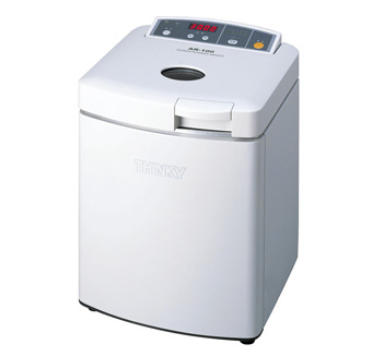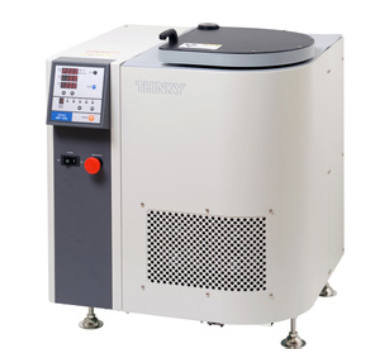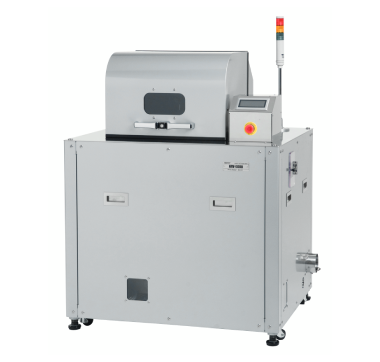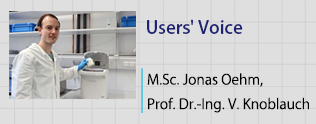About Viscosity — Difference in viscosity seen with your own eyes

What is viscosity?
Viscosity refers to the “stickiness” of a fluid.
Its expression varies depending on the material and the application. As familiar examples, viscosity is used to describe the “thickness” of water, honey, and other food ingredients; the “creaminess” of hand cream; the “smoothness” of ink; etc.
In general, it is considered a property of a fluid, such as a liquid, but it may be used also for solids.
Measurement units of viscosity
The measurement unit of viscosity is Pa・s (pascal second) or mPa・s (millipascal second). As viscosity value increases, the force due to viscosity increases as well. In addition, cP (centipoise) is the conventional measurement unit.

Viscosity of materials
The viscosities of materials that are generally encountered in our daily lives are shown in the following graph:

* The graph shows approximate values under certain conditions. Please note that the viscosity may change depending on the temperature, the amount, the constituents, etc.
Feel viscosity using silicone
In this experiment, silicones having different viscosities are prepared, and the viscous characteristics of the materials are compared by inducing flow or manual mixing. The viscosities of the prepared silicones are 1.5 mPa・s, 100 mPa・s, 1,000 mPa・s, 10,000 mPa・s, 100,000 mPa・s, and 1,000,000 mPa・s.
1. Flow of silicone
A fixed amount of silicone is transferred into a container, the container arm is tilted, and how silicone flows is observed. When the viscosity is 10,000 mPa・s or higher, the flow rate decreases. It takes almost two minutes for silicone with 1,000,000 mPa・s to start flowing.
2. Stirring silicone manually
Transfer silicone of 1,000,000 mPa・s viscosity into a container, and stir manually.
For silicone with a viscosity of 1,000,000 mPa・s, considerable force is required for manual stirring. Furthermore, air is trapped in the material when stirred, forming bubbles.

3. Let’s try to remove bubbles
3-1. How long does it take to remove bubbles when left to stand?
Transfer manually stirred silicone of 1,000,000 mPa・s viscosity into a beaker, and let it stand until all the bubbles disappear. The result shows that it takes two days for the bubbles to disappear, that is, the bubbles are not visible to the naked eye. Removing bubbles completely from viscous materials is an extremely time-consuming task.

3-2. Try mixing with Thinky Mixer ARV-310
The appropriate machine is the vacuum-type Thinky Mixer ARV-310. Install a container containing silicone of 1,000,000 mPa・s viscosity into ARV-310. When rotation starts, bubbles rise continuously to the surface due to vacuum decompression. No spillage of silicone occurs due to the centrifugal force of the revolution. How the bubbles are removed with time can be observed directly.

* Due to circumstances surrounding the video recording process, some scenes may appear unclear. Thank you for your understanding.
3-3. Comparison of results of manual mixing and ARV-310
Finally, two-component silicone resins stirred manually and by ARV-310 are cured to form stirred samples.

We welcome technical inquiries.
Are you having such troubles as “Bubbles cannot be removed completely” or “The material becomes too hot?” At the Applications Laboratory or our demonstration room, you can perform demonstrations (tests) and evaluations using our products for mixing, defoaming, pulverizing, and dispersing together with our professional technical team.








